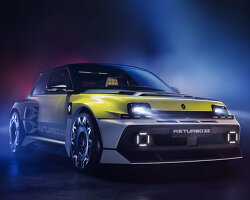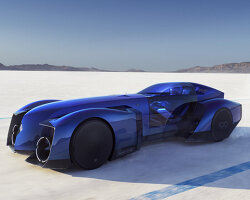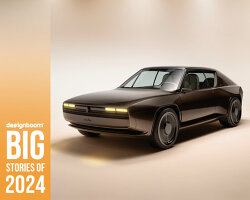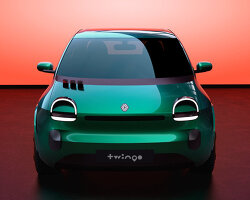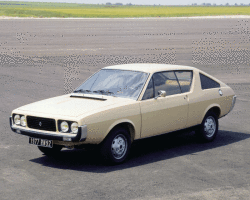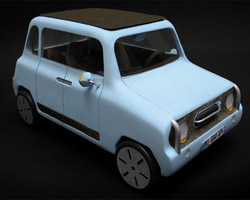KEEP UP WITH OUR DAILY AND WEEKLY NEWSLETTERS
from car wheels to the speedometers and gauges, our list explores the automobile aesthetics that appear in modern watches.
connections: +410
designed to address climate change, soil degradation, and water scarcity, the system saves up space with a vertical setup.
connections: +1110
from the sterile corridors of the severed floor to the curated domestic spaces outside its walls, every element serves a purpose.
reinterpreting cartographic traditions, the pages depict an imagined journey along switzerland’s waterways, from the alpine peaks down to the valleys.
connections: 58

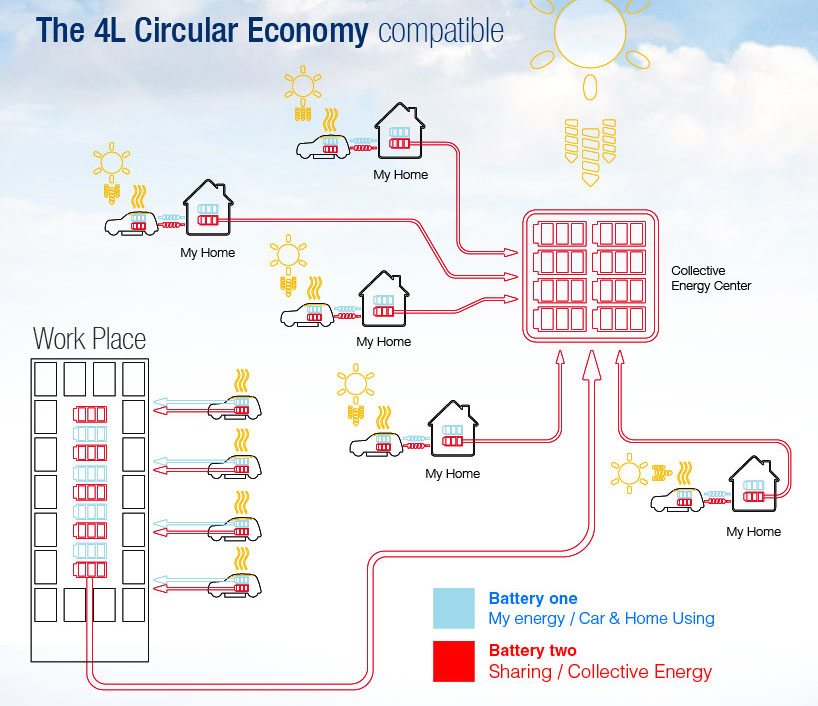 concept diagram
concept diagram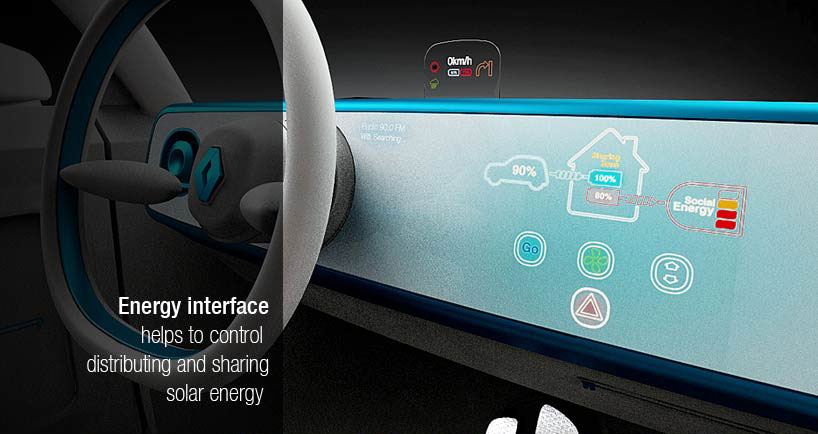
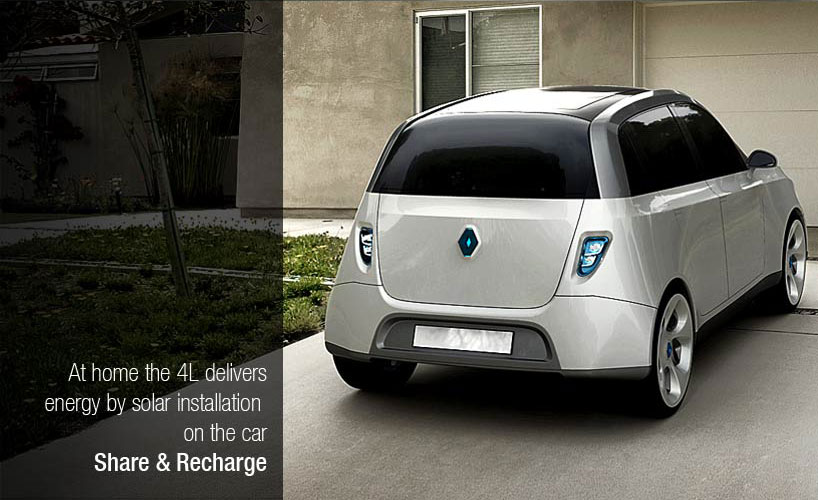
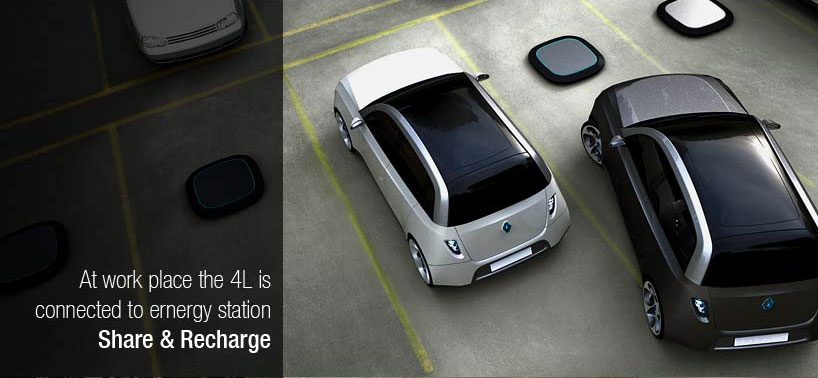
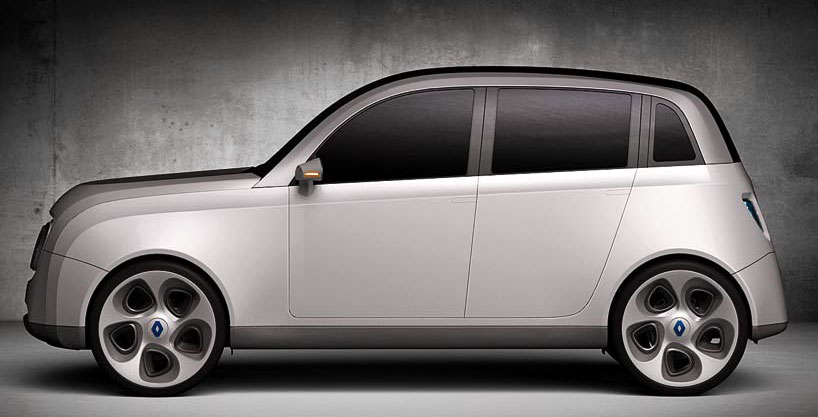 side
side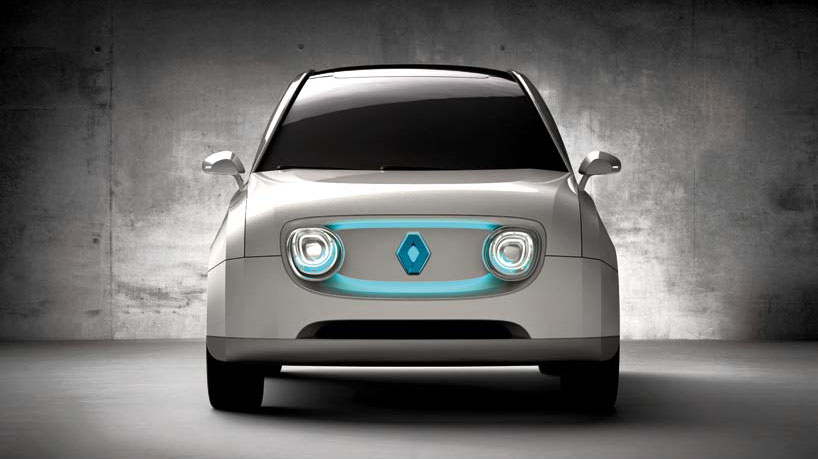 front
front
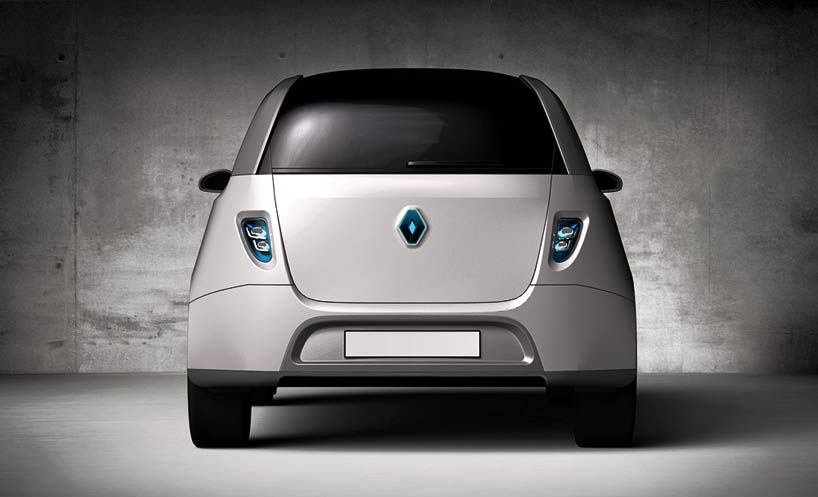 rear
rear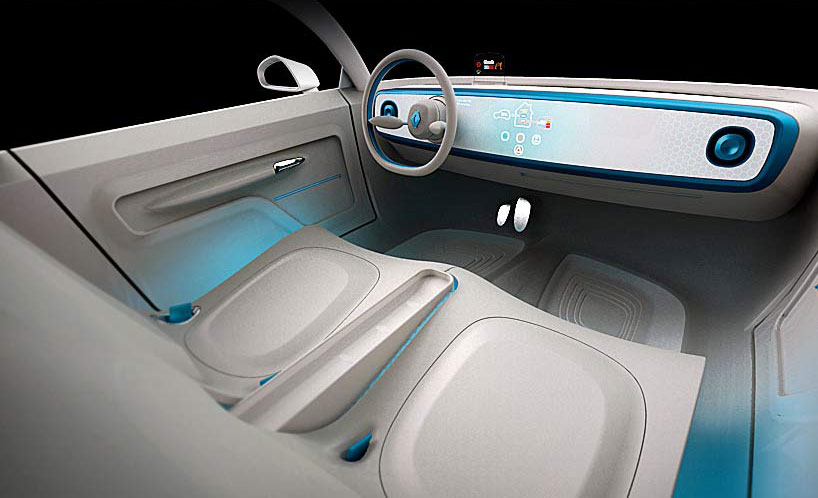 interior
interior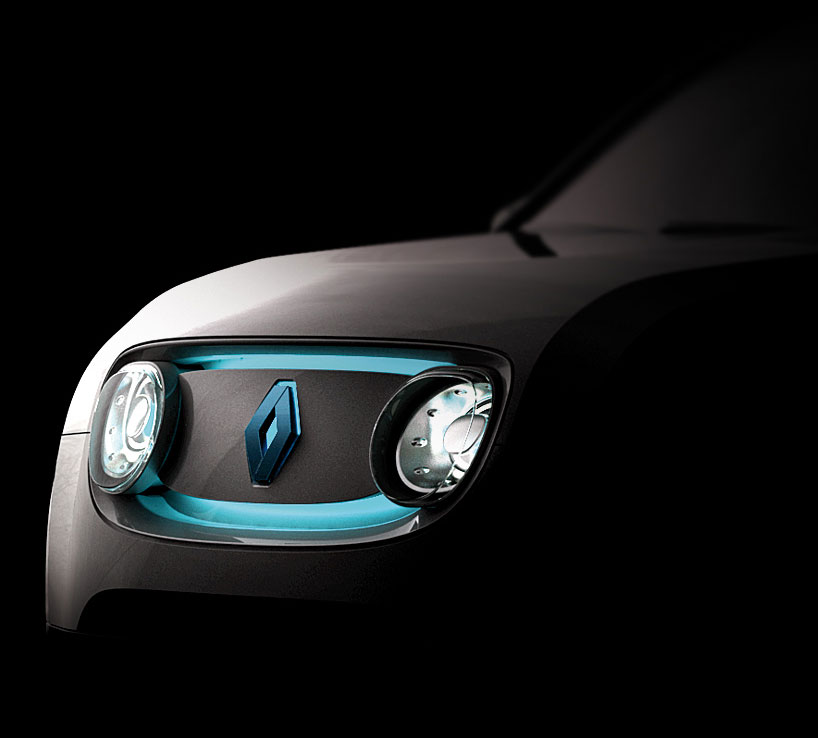 headlights detail, illuminated
headlights detail, illuminated